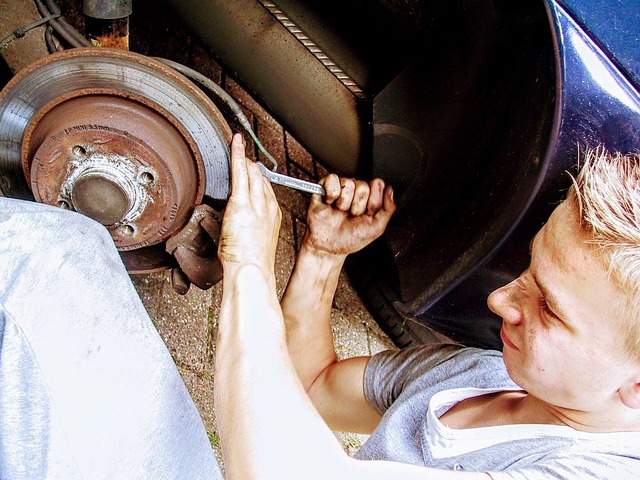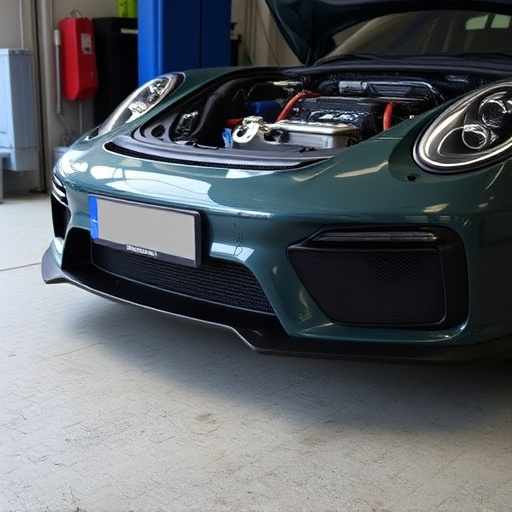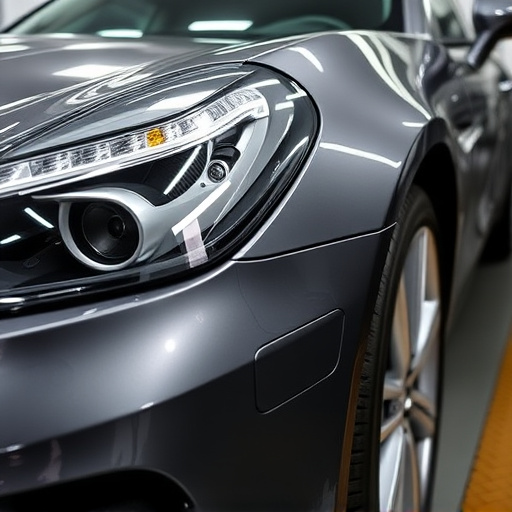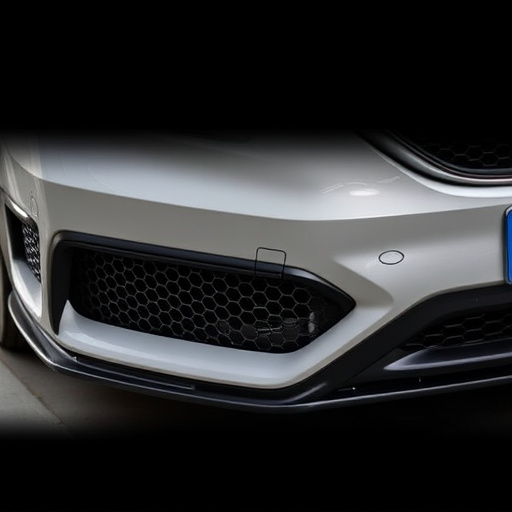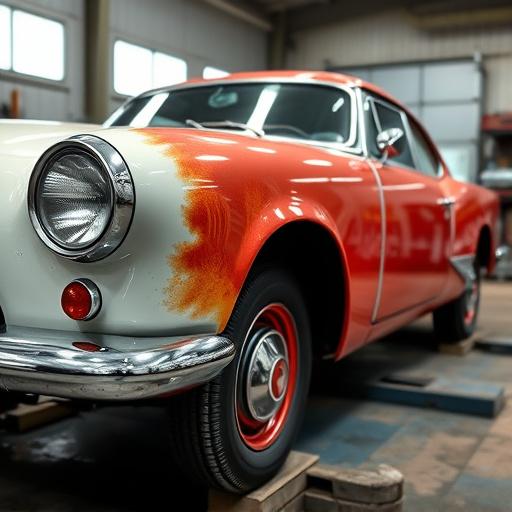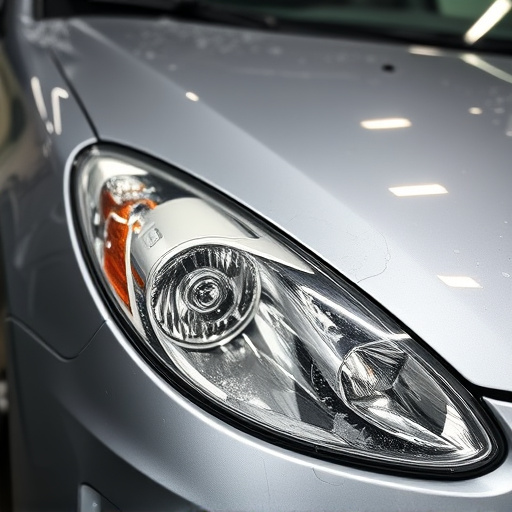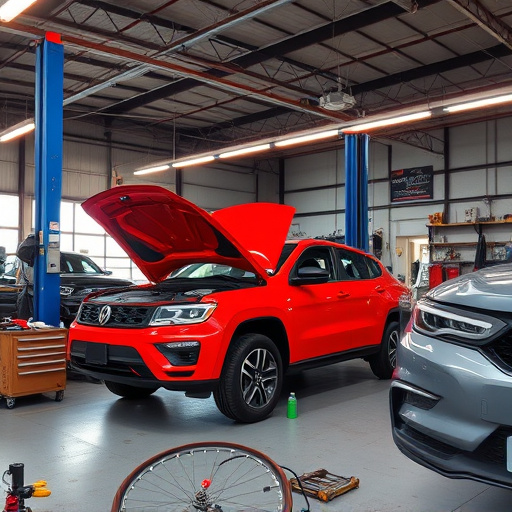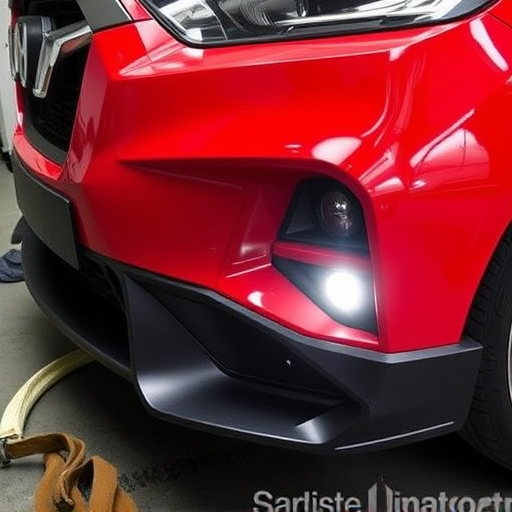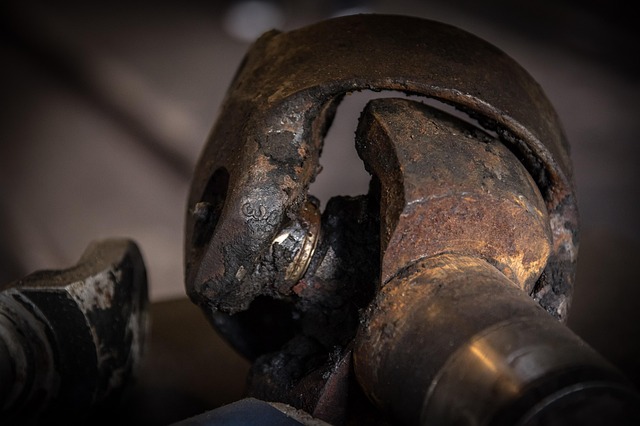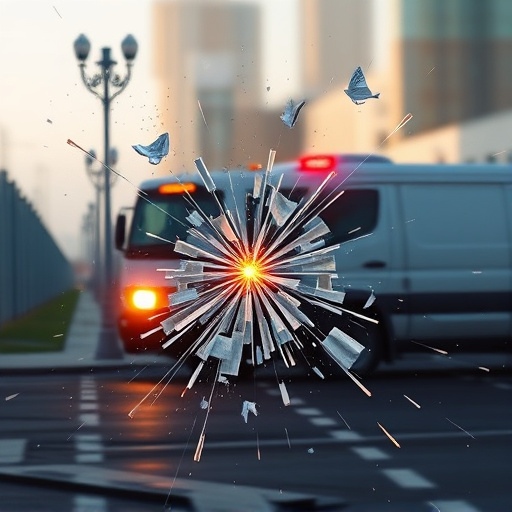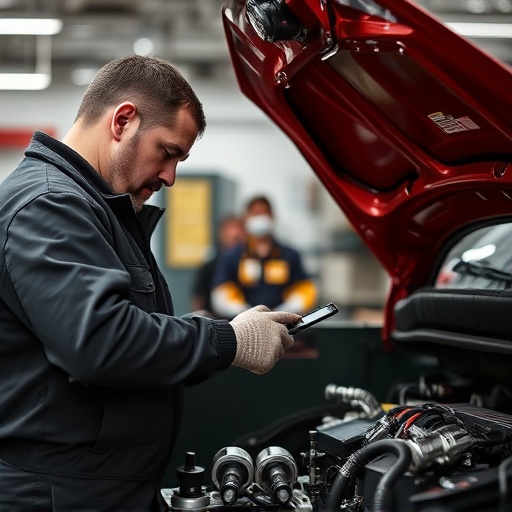During an auto body repair consultation, achieving precise color matching is paramount, relying on understanding unique vehicle paint codes assigned by manufacturers. Mechanics decode these codes on parts like door jambs or engine compartments to source exact pigments for top-notch restoration results. This meticulous process involves advanced computer simulations, specialized tools, and expert techniques to match base colors, pigments, hue, tone, and shade accurately. Following best practices, including documenting paint code history, using advanced color-matching tech, testing small swatches, and calibrating equipment, ensures successful precise paint matching outcomes.
In an auto body repair consultation, paint matching is a critical aspect ensuring a seamless restoration. Understanding the paint code—a unique identifier containing vital pigment and base information—is key to achieving accurate matches. This article delves into the intricacies of paint matching, explaining the process during consultations and highlighting common challenges with practical tips for achieving precise results. Maximize your repair effectiveness by mastering these essential details.
- Understanding Paint Code and Its Role in Matching
- The Process of Paint Matching During Consultations
- Common Challenges and Tips for Accurate Paint Matching
Understanding Paint Code and Its Role in Matching

In an auto body repair consultation, understanding paint code is a vital step in achieving precise matching during restoration or painting. Each vehicle manufacturer assigns a unique paint code to specific colors, ensuring consistency across different models and years. This code acts as a roadmap for technicians, providing crucial information about the exact shade, finish, and even chemical composition of the paint. By accessing this data, skilled professionals can accurately match the original color, maintaining the vehicle’s aesthetic integrity.
During consultation, mechanics decode these paint codes, which are typically found on various parts of the car, such as door jambs or engine compartments. This knowledge enables them to source the exact pigment required, ensuring a seamless blend with the existing paintwork. With meticulous attention to detail, collision centers can deliver top-notch auto body restoration results, making the vehicle look like new again, both in terms of functionality and visual appeal.
The Process of Paint Matching During Consultations
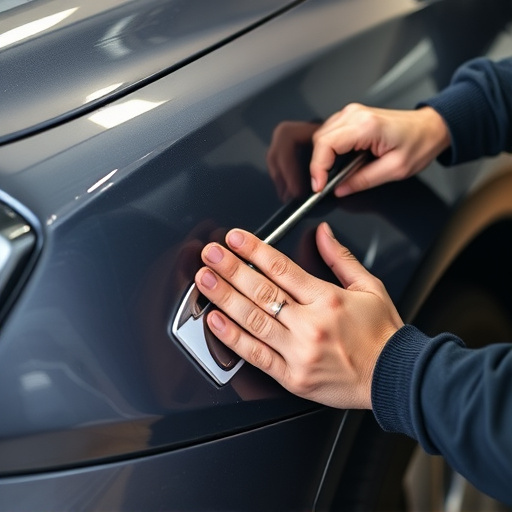
During an auto body repair consultation, paint matching is a crucial aspect that determines the quality and realism of the restoration. It involves several meticulous steps to ensure precise color replication on the damaged vehicle. The process begins with a thorough inspection of the scratch or dented area, where technicians take measurements and identify the specific shade of paint required. This information is then fed into specialized computer systems that simulate various paint formulas.
Technicians use advanced tools like color scanners and mixing equipment to create a custom paint match. They carefully blend base colors with pigments to achieve the exact hue, tone, and shade demanded by the vehicle’s original factory finish. In the case of car scratch repair or Mercedes-Benz repair, among others in automotive repair, this level of precision is vital to maintain the car’s overall aesthetic appeal and resale value.
Common Challenges and Tips for Accurate Paint Matching

In an auto body repair consultation, one of the most common challenges when it comes to paint matching is achieving an exact color replica. Every vehicle’s paint job is unique, influenced by factors like age, environmental exposure, and previous repairs. During consultations, technicians must carefully assess the damage and take precise measurements to match the original color as closely as possible.
To overcome these challenges, here are some valuable tips: ensure thorough documentation of the vehicle’s paint code and history, use advanced color-matching technology for accurate readings, and consider testing a small swatch before applying paint to verify the shade. Additionally, professionals in automotive repair and collision repair should regularly calibrate their equipment to maintain accuracy. These practices contribute significantly to successful paint matching outcomes in auto body repair consultations.
During an auto body repair consultation, understanding paint matching details is vital. By deciphering paint codes and familiarizing yourself with the process, you can ensure accurate color replication. While challenges like variations in lighting or aging effects may arise, utilizing specific tips can enhance accuracy. Remember, a detailed discussion during these consultations is key to achieving a flawless finish that respects the vehicle’s original aesthetic, making it a crucial aspect of any auto body repair service.
